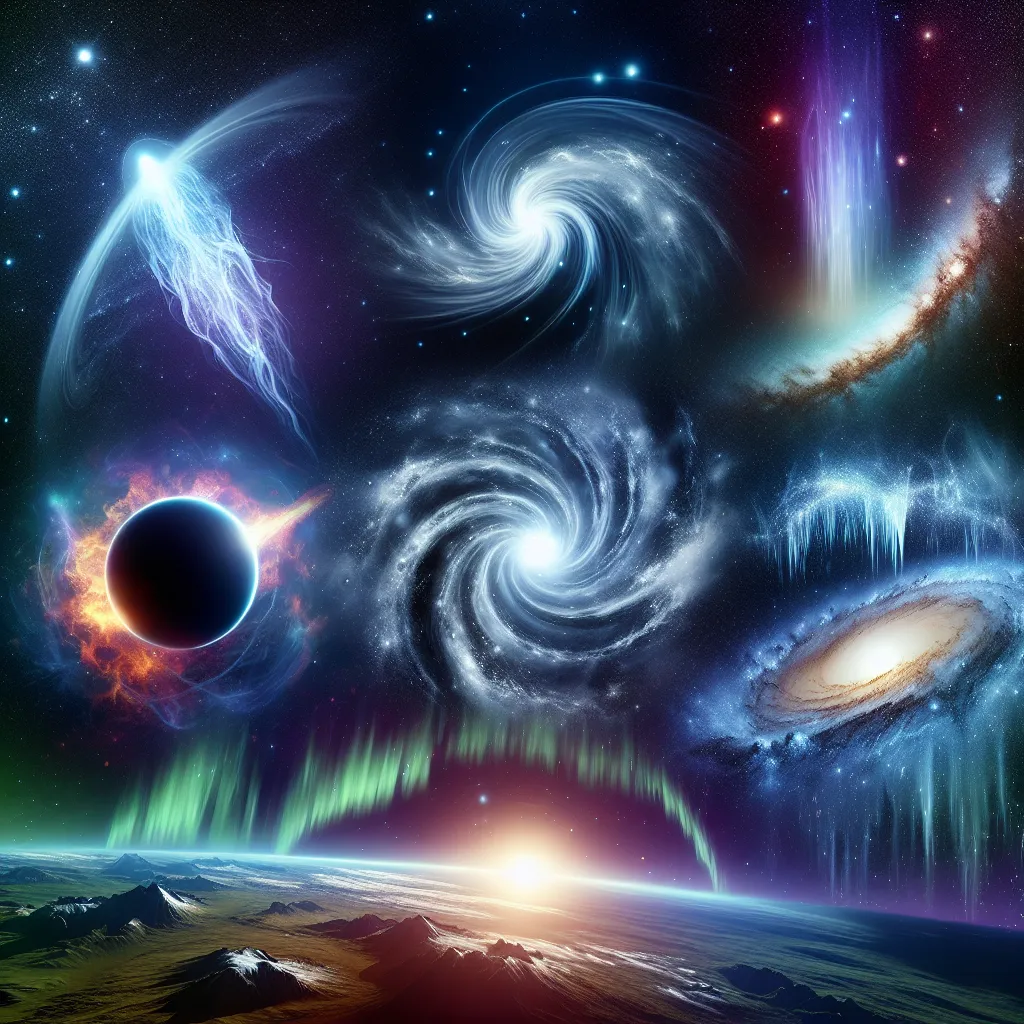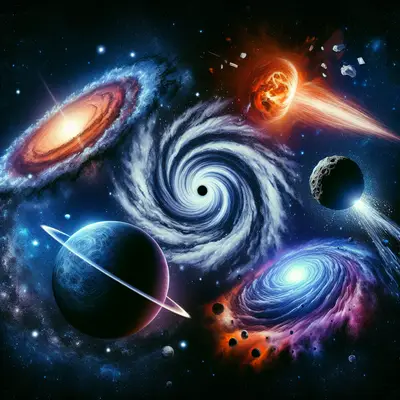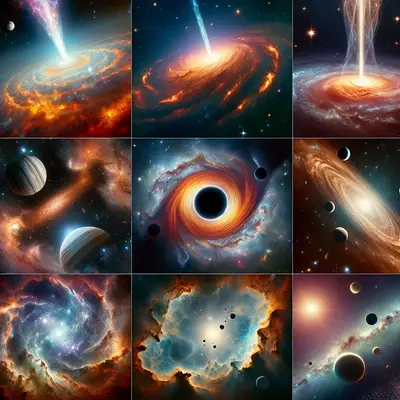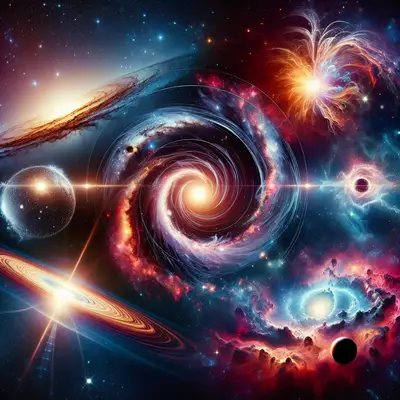Supernovae: Celestial Fireworks
Supernovae are one of the most spectacular events in the universe, reminiscent of cosmic fireworks. When a massive star exhausts its nuclear fuel, it collapses under its own gravity and explodes, creating a supernova. This extraordinary event releases an enormous amount of light and energy, outshining entire galaxies for a short period. The 1054 supernova, observed by Chinese astronomers, was so bright that it was visible even during the day!
Black Holes: The Universe's Most Mysterious Objects
Black holes, the universe's most enigmatic entities, are areas of spacetime exhibiting gravitational acceleration so strong that nothing—no particles or even electromagnetic radiation like light—can escape from them. They're formed when the center of a very massive star collapses in upon itself. The discovery of black holes has opened up fascinating possibilities for research in quantum mechanics and general relativity.
Pulsars: Cosmic Lighthouses
Pulsars are highly magnetized, rotating neutron stars that emit beams of electromagnetic radiation out of their magnetic poles. This radiation can be observed only when the beam of emission is pointing towards the Earth, much the way a lighthouse can be seen only when the light is pointed in the direction of the observer. The first pulsar was discovered in 1967 by Jocelyn Bell Burnell and Antony Hewish, revolutionizing our understanding of the cosmic phenomena.
Cosmic Microwave Background: Echoes of the Big Bang
The Cosmic Microwave Background (CMB) is the afterglow of the Big Bang, the event that gave birth to the universe as we know it. It's essentially the oldest light we can observe, dating back to 380,000 years after the Big Bang. The discovery of the CMB has provided us with invaluable information about the early universe and continues to be a vital tool in cosmological research.
Gravitational Waves: Ripples in the Fabric of Spacetime
Gravitational waves, first predicted by Albert Einstein's theory of general relativity, are ripples in the fabric of spacetime caused by the acceleration of massive objects. The detection of these waves has inaugurated a new era in astronomy, allowing us to observe cosmic events like the collision of black holes or neutron stars in a completely new way.
Conclusion
The cosmos is a treasure-trove of mysteries and cosmic events that continue to captivate us. From the explosion of stars to the ripples in spacetime, each cosmic event unfolds a new chapter in our understanding of the universe. As we delve deeper into the cosmos, we keep unraveling the enigmatic beauty of the universe, reminding us of our tiny place in the grand scheme of things.



